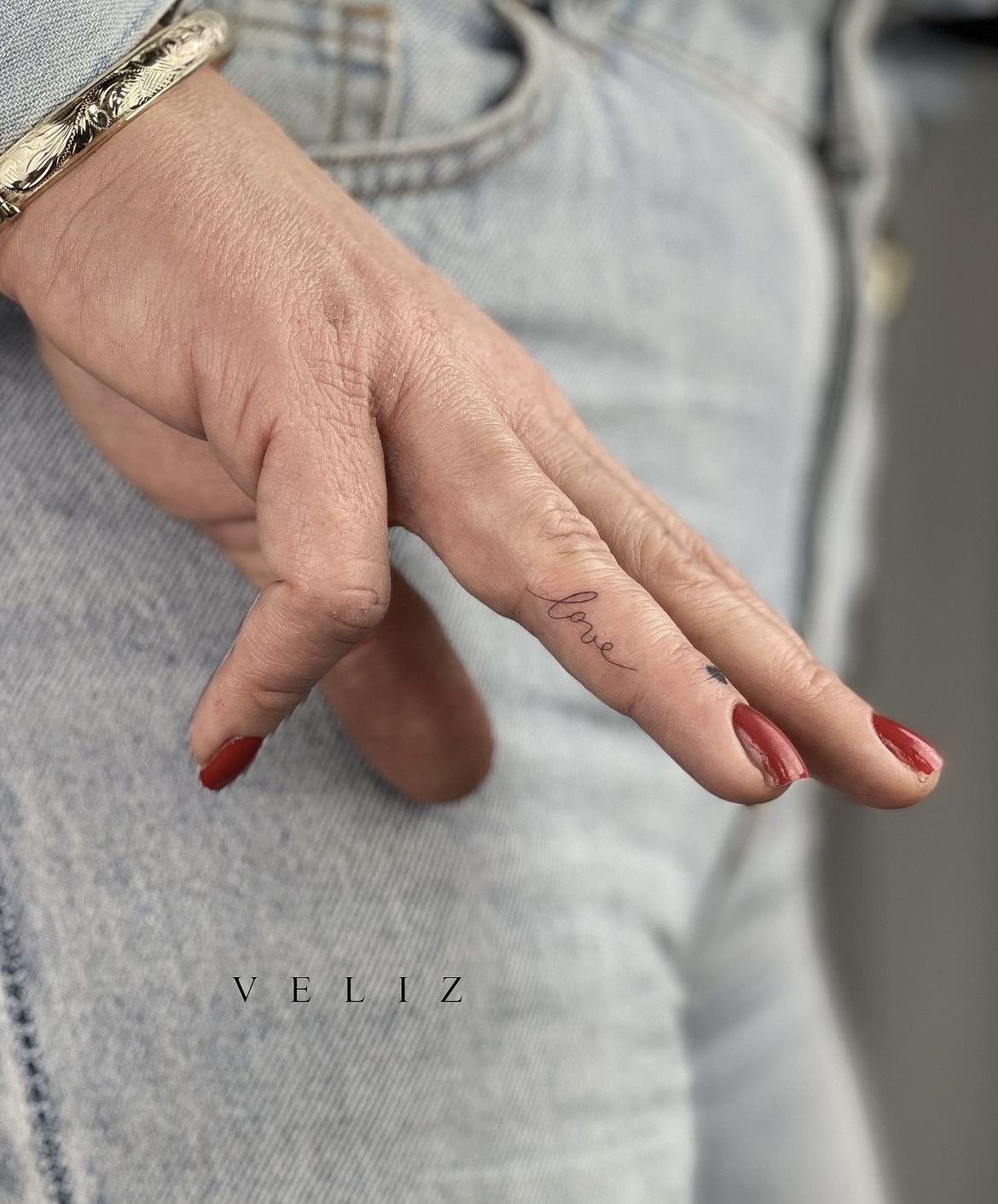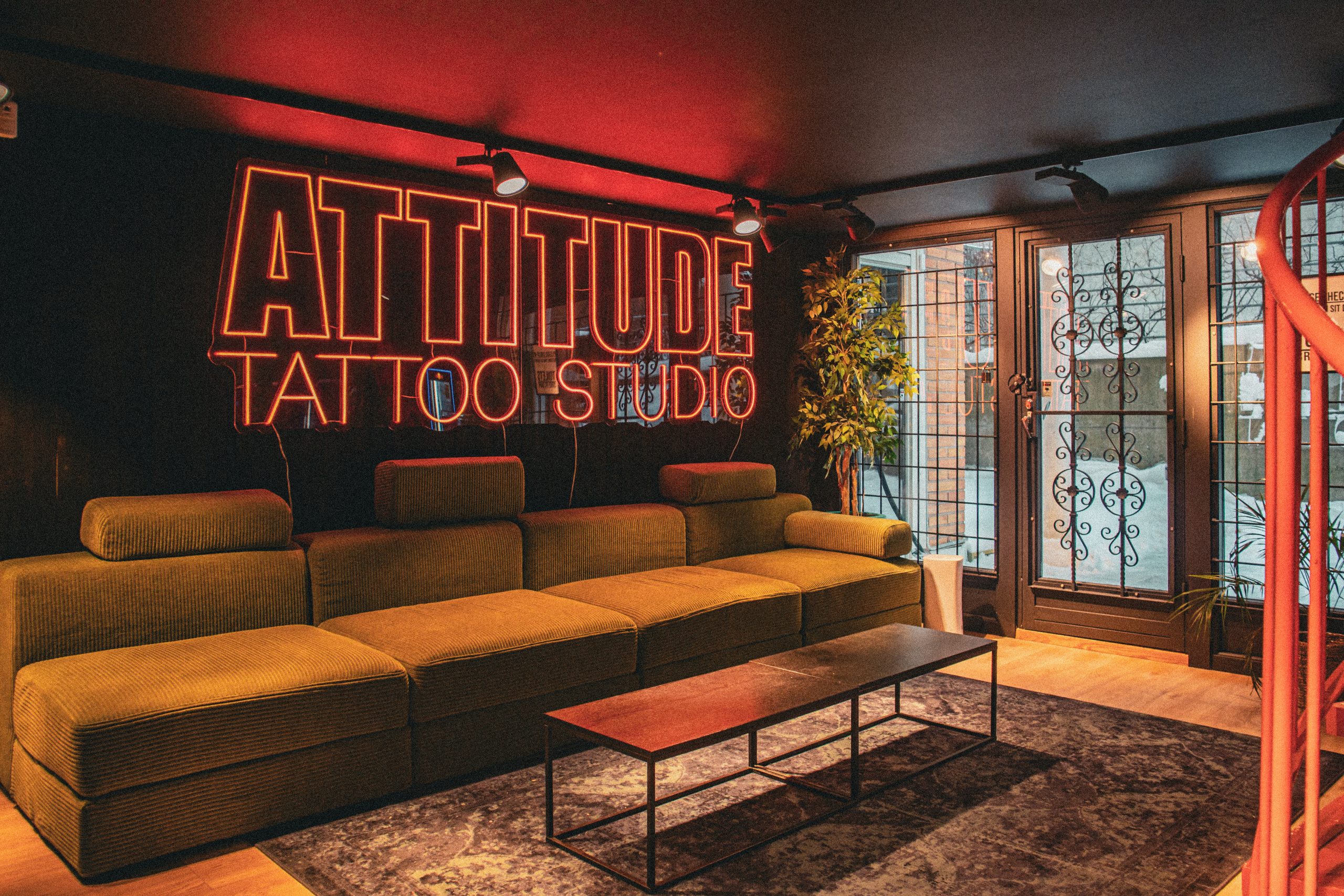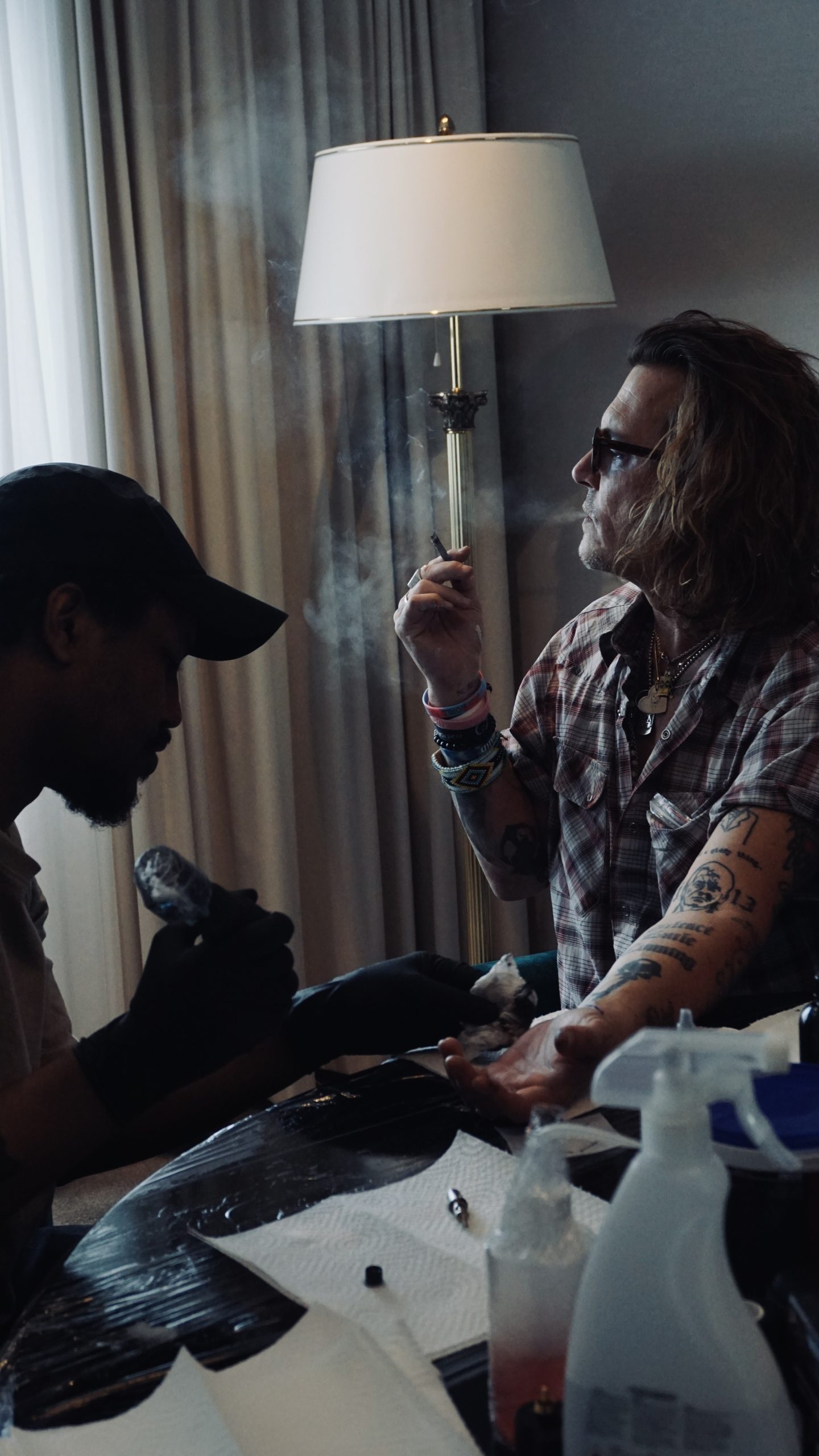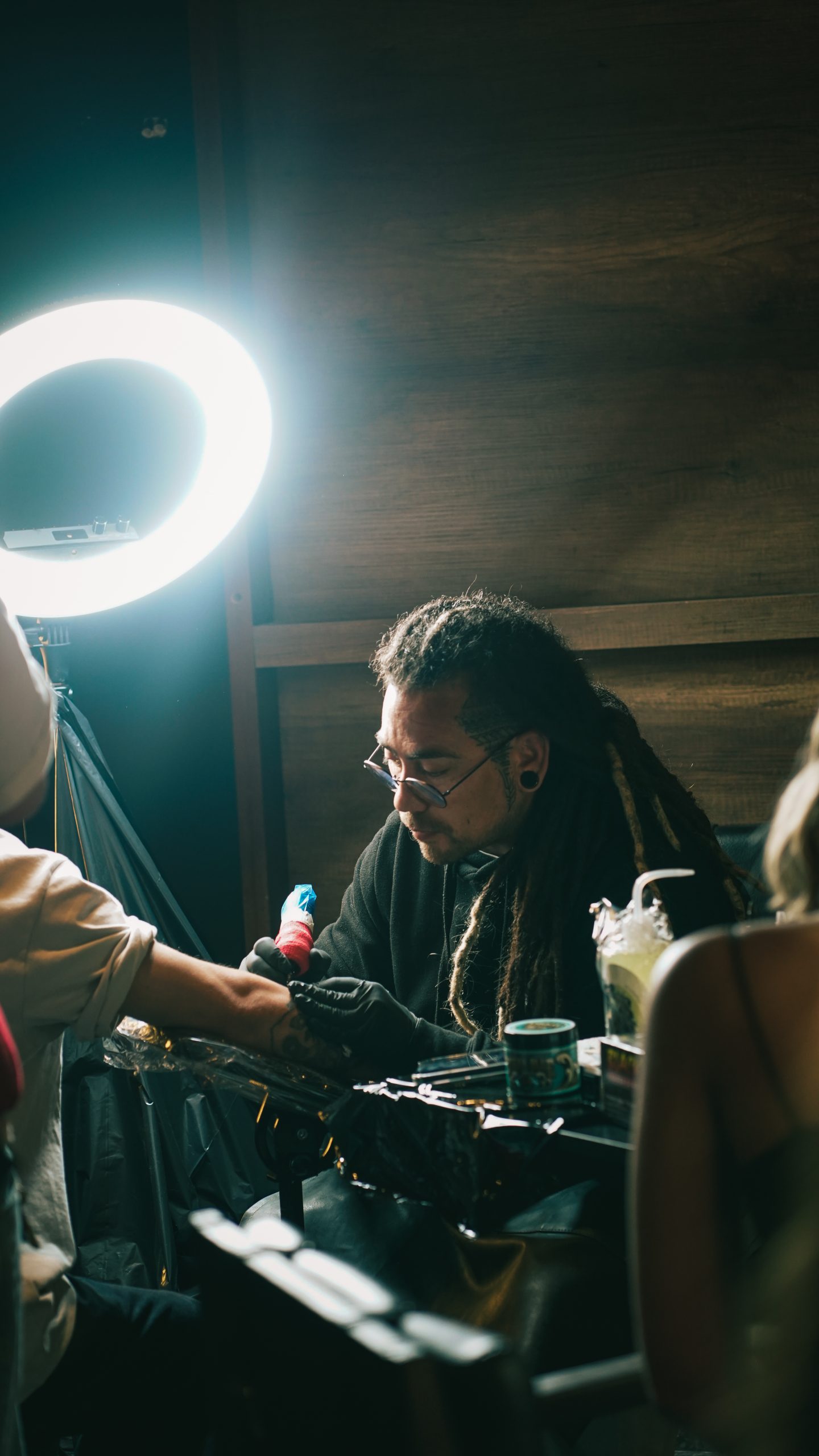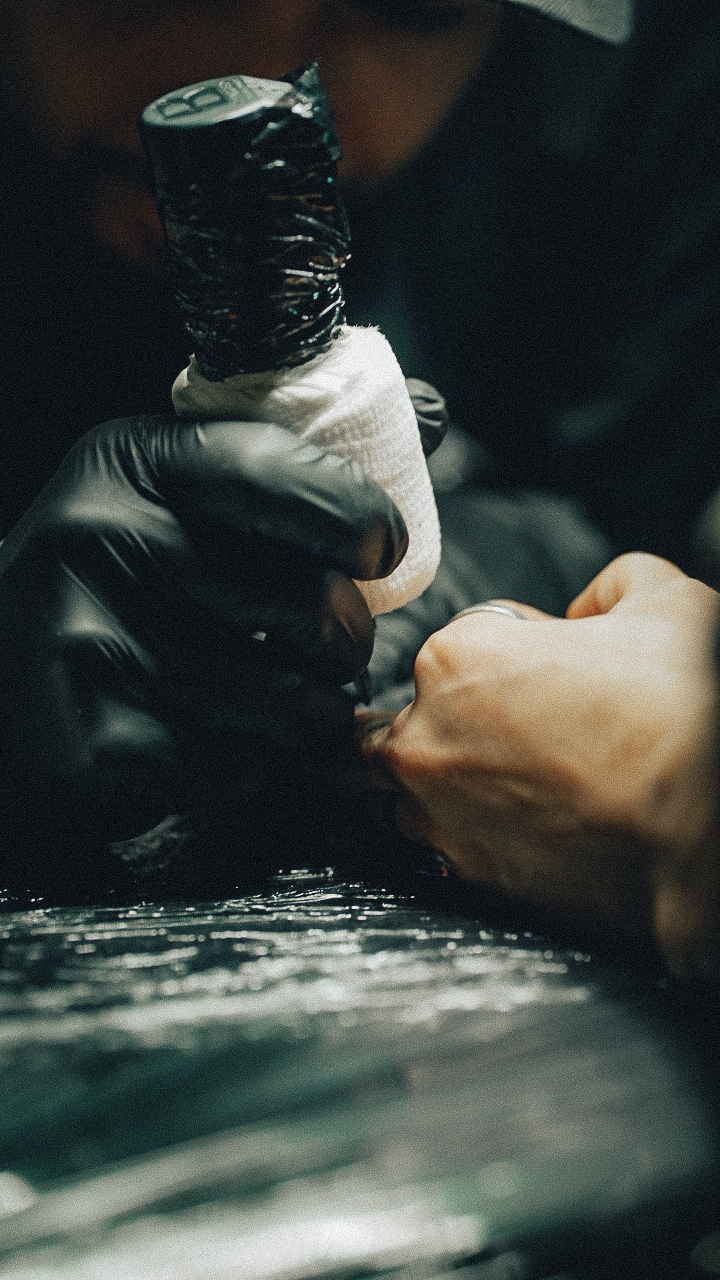Viking Tattoos: The History
Viking tattoos have become incredibly popular in today’s society. Many are fascinated by the symbols of the Viking Age, which represent strength, courage, and a rich cultural heritage. However, one question many people wonder about is: Did the Vikings Themselves Have Tattoos? Let’s explore what history says about this and how modern tattoo art has been inspired by Viking symbols.
Did the Vikings Have Tattoos?
Although we don’t have concrete physical evidence from the Viking Age, like preserved skin, several historical sources suggest that the Vikings may have used body art. One of the most famous accounts comes from the Arab traveler Ahmad ibn Fadlan, who encountered Nordic warriors in the 10th century. He described them as men with "dark patterns" covering their arms and bodies. These could have been tattoos, but they might also have been paint or other forms of body decoration.
The Vikings were also known for their artistic skills, creating intricate designs on weapons, ships, and other objects. It’s likely they decorated their bodies in similar ways. While we can’t confirm this for sure, many believe that tattoos may have been a part of Viking culture.
Viking Tattoos in modern Times
Today, Viking tattoos have made a big comeback. People all over the world, including Norwegians, are fascinated by symbols from the Viking Age. Many choose these designs to show national pride or to honor their roots. The Viking Age is often seen as a time of greatness, when Norwegians traveled the world, traded, explored, and sometimes conquered new lands.
At Attitude Tattoo Studio, we see a lot of interest in Viking tattoos, especially among tourists. Many who visit Norway want to take home a special memory from their trip, and what could be better than a Viking design? These tourists are often inspired by visits to museums like... The Viking Ship Museum at Bygdøy.
8 Popular Symbols for Viking Tattoos
When it comes to Viking tattoos, there are many symbols with special meanings. Here are some of the most popular ones:
- Runes:Norse runes were used both as a writing system and as magical symbols. Many people choose to tattoo runes to represent strength, protection, or wisdom.
- Vegvísir:A magical compass that symbolizes protection for travelers. This symbol is often chosen by those seeking guidance and safety on their life journey.
- Yggdrasil:The world tree Yggdrasil, which connects all realms, represents life, growth, and connection. It’s a powerful symbol of strength and unity.
- Drakkar:The Vikings' iconic longship symbolizes exploration, adventure, and courage. This design is perfect for those who want to express a spirit of adventure.
- Fenrir:The mythical wolf Fenrir, son of Loki, represents strength and freedom. Many choose this design to symbolize independence.
- Valknut:A mysterious symbol associated with Odin and the realm of the dead, representing courage, loyalty, and sacrifice. It’s often chosen by those who want to show strength in facing life’s challenges.
- Viking Axe:An axe symbolizes strength, battle, and warfare, reflecting the warrior spirit of the Vikings.
- Dragon:Mythical dragons were often depicted on Viking ships. They represent strength and protection and are a popular choice for those who want to express power and resilience.
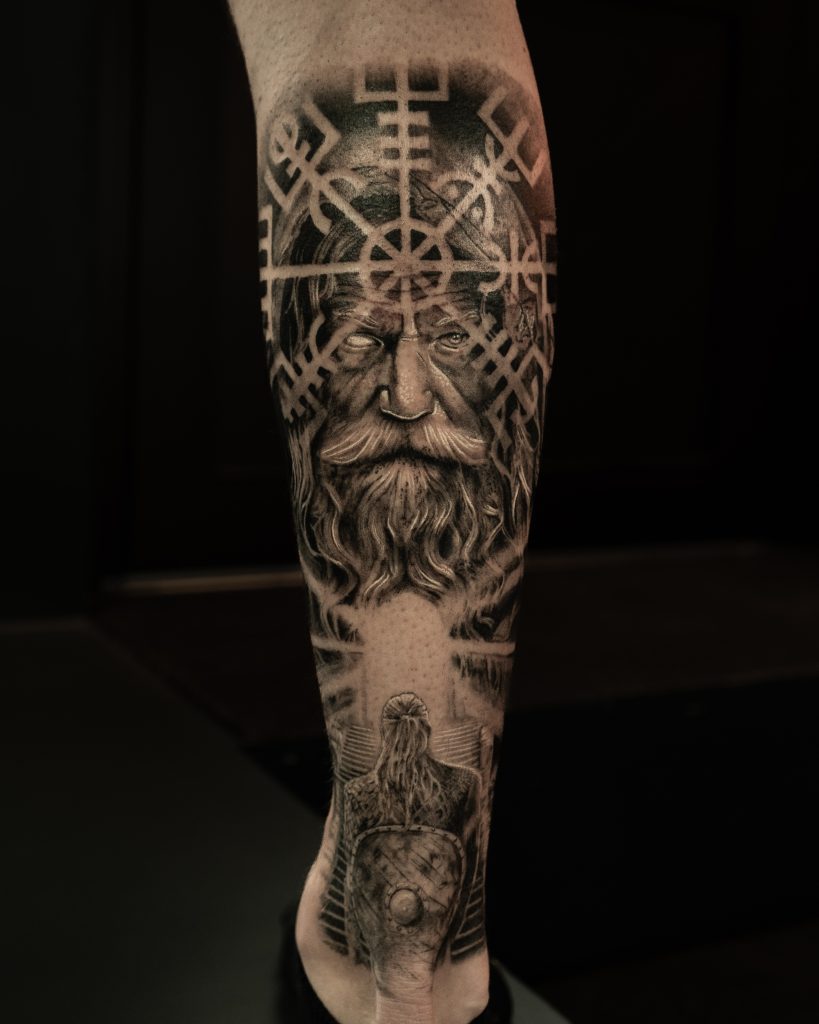
Styles Inspired by the Vikings
Modern Viking tattoos are not only inspired by symbols but also by the art styles of the Viking Age. Here are some of the most well-known styles:
- The Oseberg Style:Named after the famous Oseberg ship, this style focuses on interwoven patterns and animal motifs.
- The Borre Style:Known for its small, cat-like animal heads and intricate knots, this style creates a dramatic and detailed tattoo.
- The Jelling Style:Characterized by ribbon-shaped animal bodies with almond-shaped eyes, this style is perfect for those looking for a unique tattoo with a historical touch.
- The Mammen Style:This style features detailed animal designs and complex patterns often found on historical artifacts.
- The Ringerike Style:An evolution of the Mammen style, featuring more stylized animals and elements.
- The Urnes Style:Slim, stylized animal bodies with narrow eyes, often depicted biting each other’s necks. This is an elegant and sophisticated style.
Check out more of us on Instagram.
The Meaning of Viking Tattoos Today
For many, a Viking tattoo is about more than just appearance. It’s a way to connect with history and show pride in Norwegian heritage. Many Norwegians choose these tattoos as a tribute to their ancestors' strength, resilience, and spirit of exploration. At the same time, Viking designs have become popular internationally, admired for their aesthetics and the deep meanings behind the symbols.
In today’s world, a Viking tattoo can symbolize values like strength, courage, and freedom. At **Attitude Tattoo Studio**, we often see people choose these designs because they hold personal meaning. Whether it’s a small symbol like a rune or a larger artwork covering an entire arm, it’s all about expressing something important.
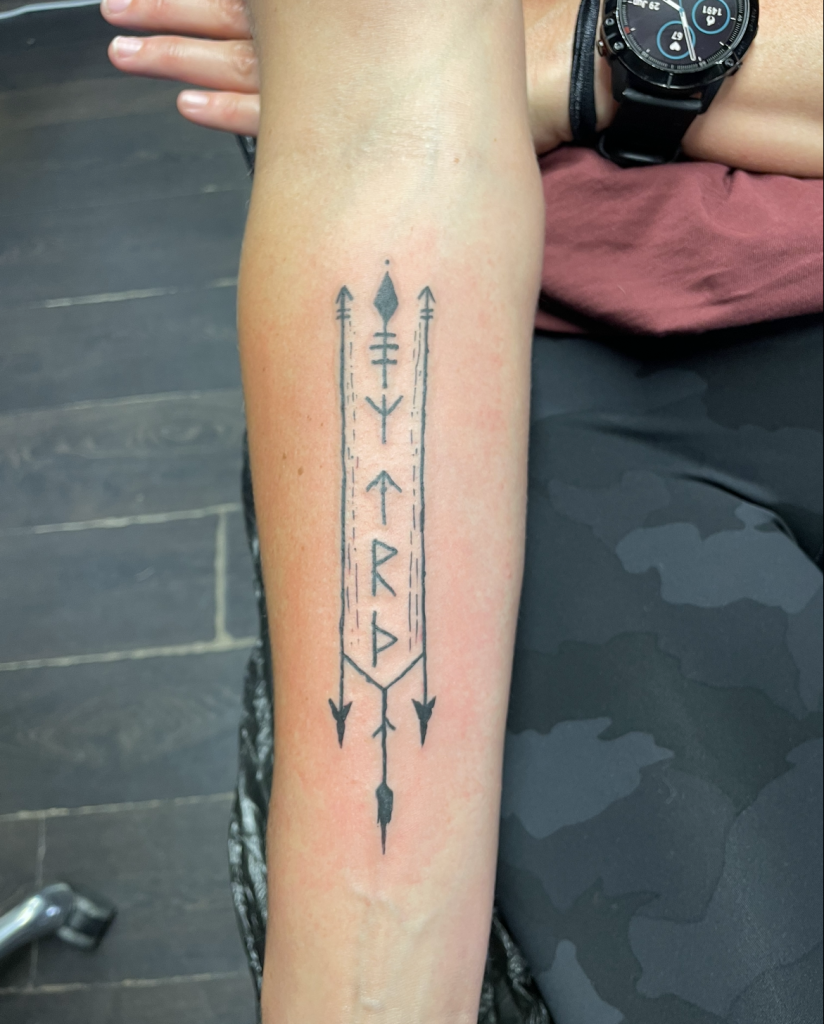
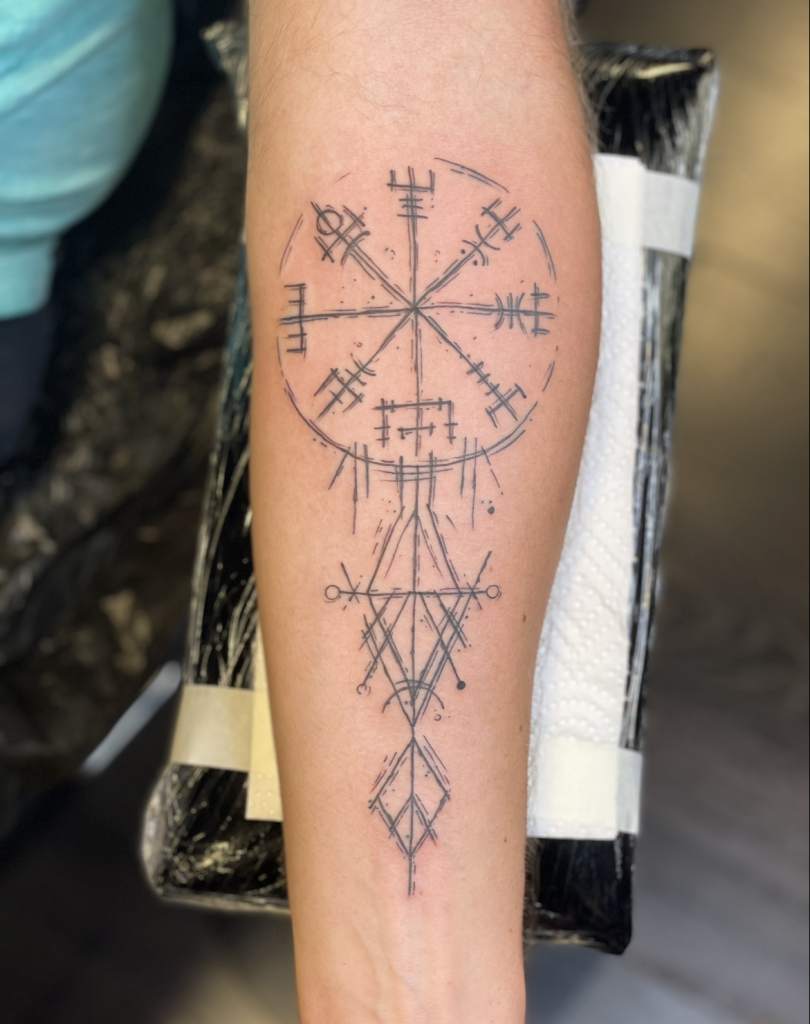


Summary
Although we can’t say for sure that the Vikings had tattoos, there’s a lot of evidence suggesting they used body art as part of their culture. Today, modern tattoo art draws inspiration from the Viking Age, and many choose Viking tattoos to express their identity and sense of belonging.
Whether you want a tattoo to symbolize strength, protection, or to honor your roots, Viking-inspired designs can be a powerful way to express who you are. At **Attitude Tattoo Studio**, we’re ready to help you create a unique piece of art that carries the spirit of the Viking Age.
























